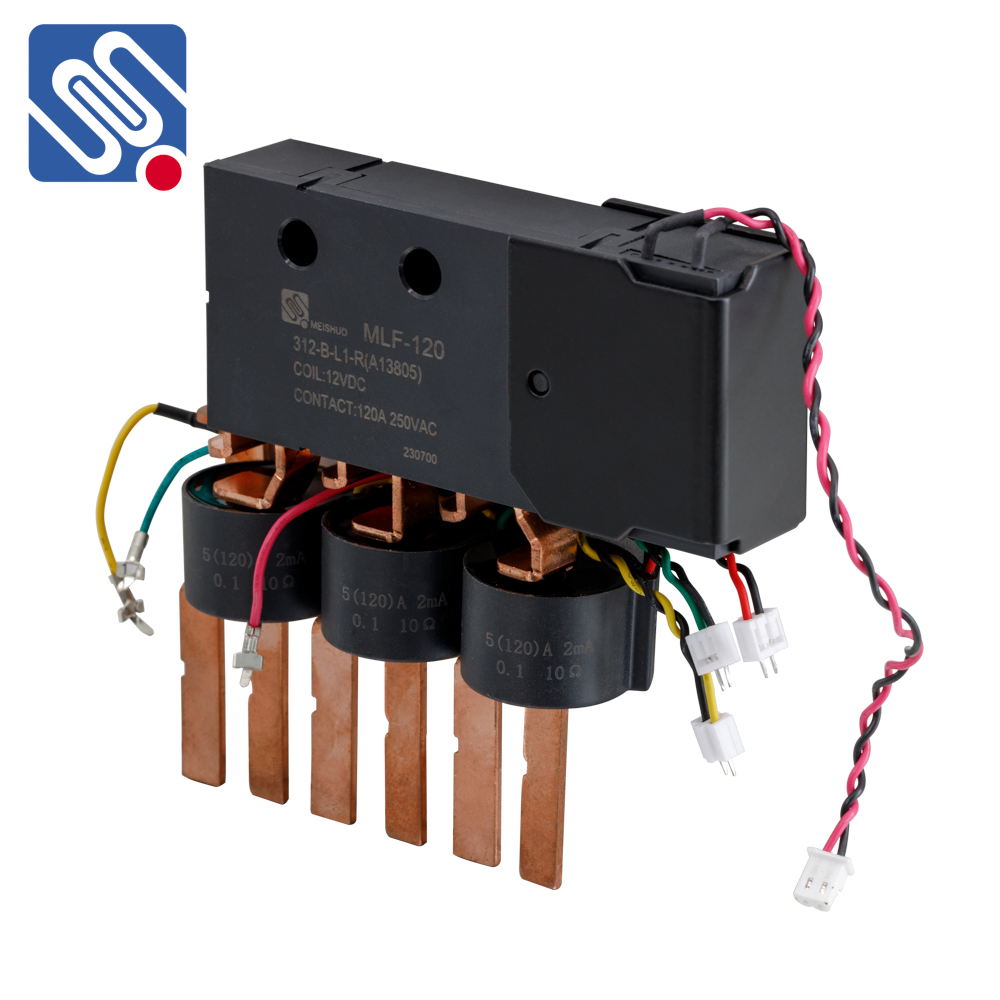the process and importance of relay assembly in modern electronics
Release time:2025-10-22 01:47:27
Relay assembly is a fundamental process in the manufacturing and design of electrical and electronic systems. As one of the most essential components used in automation, control systems, and power switching, the quality and functionality of a relay assembly are paramount for the performance of countless devices, from household appliances to industrial machinery. In this article, we will explore the process of relay assembly, its importance, and the critical factors that influence its effectiveness in various applications.

What is Relay Assembly?
A relay is an electrically operated switch that uses an electromagnet to control the opening or closing of one or more sets of contacts. The process of relay assembly involves putting together the various components of a relay to form a fully functional unit. These components typically include the coil, armature, contacts, spring, and housing. The assembly process ensures that each component is properly fitted together to enable the relay to perform its intended function reliably and efficiently.
Key Components of a Relay Assembly
The core of any relay consists of several key components, each of which plays a specific role in ensuring the relay operates as intended:

